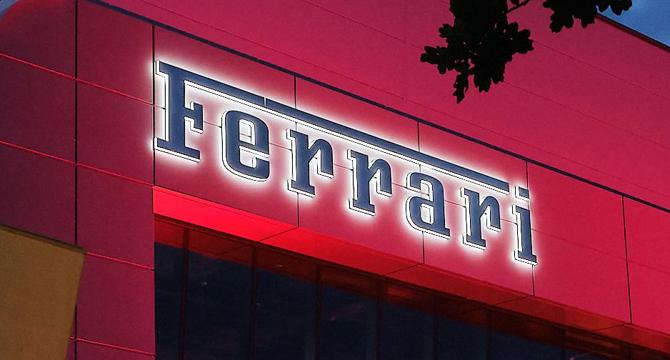CarExpert
12h
28

Image Credit: CarExpert
Ferrari delaying second EV due to ‘zero’ demand – report
- Ferrari is reportedly delaying its second all-electric vehicle to at least 2028 due to 'zero' sustained demand for a high-performance EV.
- The first Ferrari EV is still set to debut this year, with deliveries expected to start in October 2026, designed in collaboration with Jony Ive featuring a synthetic V8 soundtrack.
- The delayed second EV was initially planned for the end of 2026 as a core model intended to sell between 5000 and 6000 units over a five-year span.
- Global lower-than-expected EV demand has prompted automakers like Ferrari, Maserati, and Lamborghini to adjust their electrification plans.
- Adoption of EVs varies across different markets, with Europe and China leading the way while the US lags behind.
- Volvo is among brands revising their all-electric transition timelines, with some focusing on hybrids and plug-in hybrids to meet emissions targets.
- Maserati scrapped the electric MC20 supercar, and Lamborghini delayed its first EV until 2029, both citing market demand challenges.
- The Ferrari EV pricing is expected to start from US$500,000, with projected annual sales of 700 to 800 units.
- The first Ferrari EV will feature a unique body style that blends SUV and wagon characteristics, targeting a niche market segment.
- Ferrari's second EV model continues to face uncertainties amidst evolving market dynamics and consumer preferences.
- The automotive industry's shift towards electrification is reshaping product strategies and timeline expectations for many luxury and performance car manufacturers.
- Market trends and customer demand patterns are driving automakers to recalibrate their electrification initiatives.
- In the context of varying global EV adoption rates, Ferrari's decision to delay its second EV underscores the industry-wide challenges in predicting and meeting electric vehicle demand.
- Despite the setback with the second EV, Ferrari remains committed to its electrification journey, adapting its plans to align with market realities.
- The evolving landscape of automotive electrification presents both opportunities and obstacles for high-end automakers like Ferrari, shaping the future of performance car manufacturing and sales strategies.
Read Full Article
1 Like
For uninterrupted reading, download the app